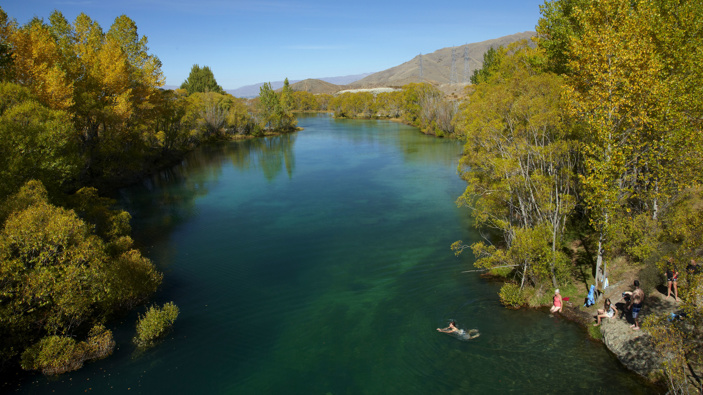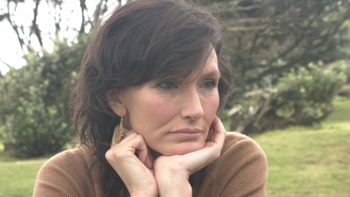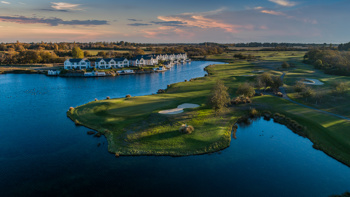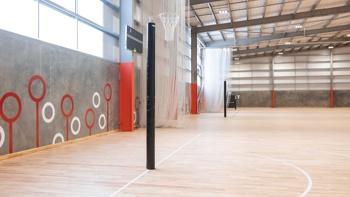Maybe now is a good time to talk about water on our planet.
Gardeners often know exactly where the water courses are around the house; this comes in very handy if you want to grow sensitive plants that survive droughts, or if you want to prevent “drowning” or root rot infections on plants that are susceptible to very wet conditions.
Next time you fly in an aeroplane, get a window seat! And watch the scenery below…
Braided River water systems (in Canterbury)
Note the pattern of frequently-used river beds when the water is high; Note also the same pattern of rarely-used river beds … exactly the same patterns!
Your garden (and especially your lawn!) will show similar tell-tale signs of how Nature flows its liquids away in high rainfall events.
Note how all these channels never make a 90 degree bend (a 90 degree bend is very inefficient in transporting fluids!!) Just look at the vein system in leaves on plants and trees; Look at lungs in your body and the blood vessels in your eyeballs
Now look at our plumbing department in all those big shops that provide you with guttering and pipes etc etc. We seem to often think in 90 degree bends!
Biomimicry is learning from Nature!
For some silly reason “Engineers” think they can be cleverer than Nature and build houses anywhere. Of course, nature throws up “challenges” but Homo sapiens has the brains to find solutions that result in conquering nature so that our bizarre population growth can be accommodated in just about any habitat.
Many will remember the 2005 floods that destroyed dozens of homes in Matatā (Bay of Plenty). Dan Hikuroa tells a lovely story about the Taniwhā and he illustrates that nicely with the “sweeping tail” that changes direction in time. The river bed that comes out into the sea at Matatā has had many courses over the past hundreds of years and those courses looked exactly like the pictures of braided rivers.
Maori knew how far that “sweeping tail” of the Taniwha could reach and therefore never built the marae anywhere near the danger zone.
I think it’s time to take note of Ancient Knowledge, as well as Learning from Nature
Take your Radio, Podcasts and Music with you










